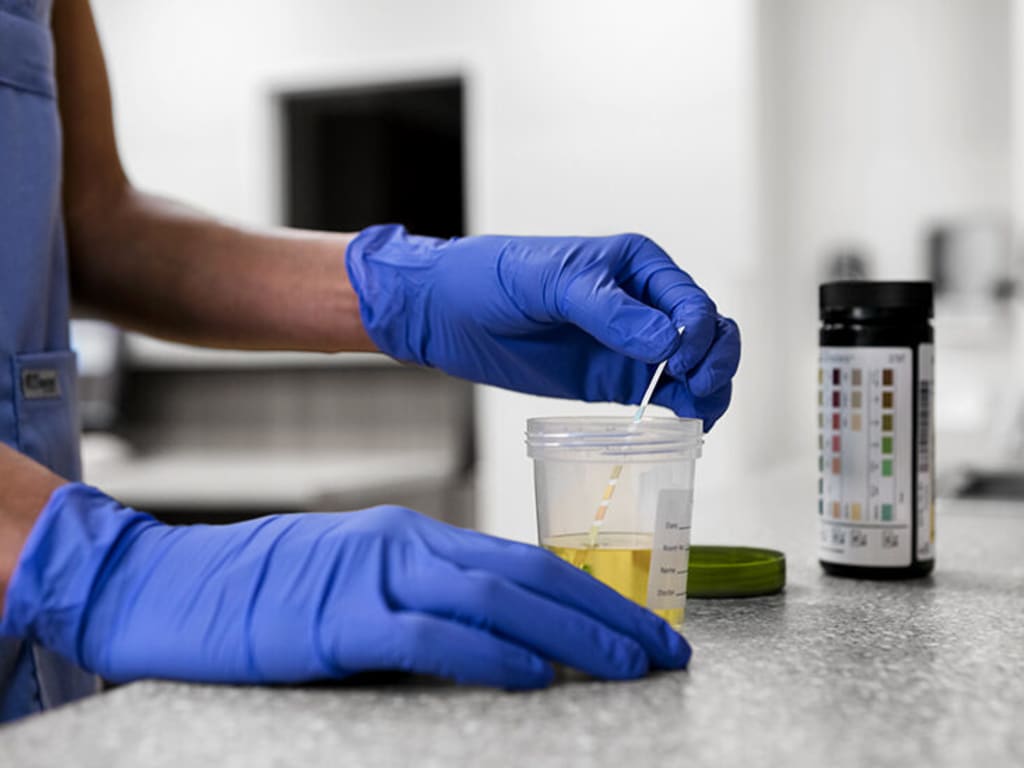The Ultimate Guide to Urine Drug Test Accuracy and Reliability
Ensuring Precision in Drug Detection

Introduction
Urine drug tests have become a crucial tool in various sectors, including employment, healthcare, and law enforcement. We value these tests for their ability to detect a wide range of substances and their relatively non-invasive nature. But how accurate and reliable are they? Let’s dive into the details.
What Are Urine Drug Tests?
Urine drug tests are analytical procedures used to detect the presence of drugs or their metabolites in a person's urine. These tests are commonly used to screen for illegal substances, prescription medications, and performance-enhancing drugs.
How Do Urine Drug Tests Work?
The process typically begins with the collection of a urine sample, which is then subjected to analysis. There are two primary types of urine drug tests: immunoassay and gas chromatography-mass spectrometry (GC-MS). Immunoassay tests usually serve as the first line of screening due to their quick results and cost-effectiveness, while GC-MS tests confirm positive results because of their higher accuracy.
The Science Behind Urine Drug Tests
Urine drug tests work by detecting the metabolites of drugs, which are the byproducts produced as the body processes the substances. The detection window for each drug varies, depending on factors like the substance's half-life and the individual's metabolism. For example, we can detect marijuana for up to 30 days in chronic users, while we usually detect cocaine for up to four days.
Factors Affecting Accuracy
Several factors can influence the accuracy of urine drug tests. These factors include the quality of the urine sample, the timing of the test relative to drug use, and the specific substances we are testing for. For example, a poorly collected sample can lead to contamination, while testing too soon or too late after drug use can result in false negatives.
Reliability of Urine Drug Tests
Urine drug tests are known for their high sensitivity and specificity. Sensitivity refers to the test's ability to correctly identify those who have used drugs, while specificity refers to correctly identifying those who have not. Despite their reliability, false positives and false negatives can still occur. A false positive can happen due to cross-reactivity with other substances, while a false negative might occur if the drug concentration is below the detection threshold.
Common Substances Detected
Urine drug tests can detect a variety of substances, including:
- THC: The active ingredient in marijuana
- Opiates: Such as heroin and morphine
- Cocaine: A powerful stimulant
- Amphetamines: Including methamphetamine and Adderall
Interpretation of Results
Interpreting urine drug test results involves understanding the distinction between positive and negative results, as well as the concept of cutoff levels. We consider a result positive if the concentration of the drug or its metabolites exceeds a predefined threshold. These cutoff levels help minimize the chances of false positives due to trace amounts of substances.
Challenges in Urine Drug Testing
One of the main challenges in urine drug testing is the potential for adulteration and tampering. Some individuals may attempt to dilute their urine, substitute it with another sample, or add chemicals to mask the presence of drugs. Laboratories use various techniques to detect these practices, such as testing for temperature, pH, and specific gravity.
Improving Test Accuracy
To improve the accuracy of urine drug tests, it is essential to follow best practices for sample collection and handling. This includes observing the sample collection process, using tamper-evident containers, and promptly processing the samples. Advanced testing methods, such as using tandem mass spectrometry, also enhance accuracy by providing more precise measurements.
Legal and Ethical Considerations
Urine drug testing raises several legal and ethical concerns, particularly related to privacy and the potential for discrimination. Employers must balance the need for a drug-free workplace with the rights of employees to maintain their privacy. Laws and regulations vary by jurisdiction, making it crucial for organizations to stay informed about their legal obligations.
The Role of Urine Drug Tests in Different Settings
Urine drug tests play a significant role in various settings:
- Workplace: To ensure safety and productivity
- Legal system: For probation and parole requirements
- Medical settings: To monitor prescription drug use and adherence
Comparing Urine Drug Tests with Other Testing Methods
We often compare urine drug tests with other methods, such as blood, hair, and saliva tests. Each method has its advantages and limitations. For example, blood tests are more invasive but provide a shorter detection window, while hair tests can detect drug use over a longer period but are more expensive.
Future Developments in Urine Drug Testing
The field of urine drug testing is continuously evolving, with ongoing research and technological advancements. Future developments may include more sophisticated testing equipment, enhanced detection capabilities, and improved methods for preventing adulteration.
Conclusion
We value urine drug tests as a tool for detecting drug use, recognizing their high degree of accuracy and reliability when properly administered. With advancements in technology and the refinement of best practices, these tests will continue to play a crucial role in promoting safety and health across various sectors.
About the Creator
Enjoyed the story? Support the Creator.
Subscribe for free to receive all their stories in your feed. You could also pledge your support or give them a one-off tip, letting them know you appreciate their work.






Comments
There are no comments for this story
Be the first to respond and start the conversation.